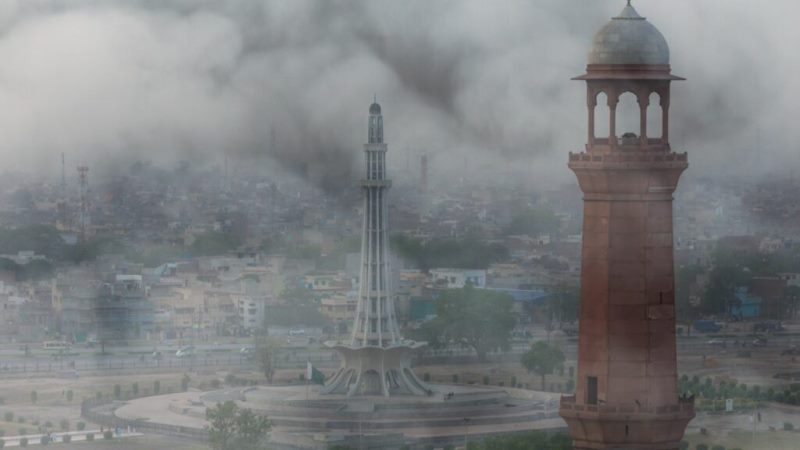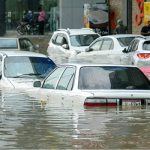Lahore Air Pollution Crisis Intensifies as City Tops Global Contamination Charts
The Lahore air pollution crisis reached a critical peak on Sunday, as Pakistan’s cultural capital earned the unwelcome distinction of being the world’s most polluted city. A dense, toxic smog has persistently engulfed the metropolis and its surrounding areas, creating severe environmental and public health challenges.
Data from the international air quality monitoring service IQAir confirmed the severity of the situation. At 9:43 am, Lahore registered a US Air Quality Index (AQI) reading of 349, a level classified as “hazardous” to human health. The concentration of deadly PM2.5 particulate matter was recorded at a staggering 249.5 micrograms per cubic meter (µg/m³). This measurement is nearly 50 times greater than the annual air quality guideline value established by the World Health Organisation (WHO), highlighting an extreme level of atmospheric contamination.
Public Health Emergency and Resident Advisories
The relentless toxic haze has cloaked the city for several consecutive days, drastically reducing visibility and leading to a surge in health complaints among the population. Medical professionals are reporting widespread cases of throat irritation, significant breathing difficulties, and itchy eyes. In response to the dangerous conditions, public health experts are urgently advising citizens to minimize all non-essential outdoor activities. For those who must venture outside, the consistent use of high-quality protective masks is being strongly recommended to reduce direct exposure to the harmful pollutants.
Seasonal Factors and Regional Pollution Patterns
This dramatic deterioration in air quality aligns with the beginning of the winter season, a period that consistently brings a public health emergency to the Punjab region. The phenomenon is driven by a combination of meteorological and human factors. Colder temperatures and stagnant winds create a thermal inversion layer that acts like a lid, trapping pollutants close to the ground. This natural occurrence is exacerbated by substantial emissions from vehicles, industrial factories, and the seasonal practice of crop residue burning, collectively forming the thick, lingering smog.
The air quality issue is not confined to Lahore alone. A comparative analysis reveals that Karachi, the country’s port city, recorded a US AQI of 165. This reading, categorized as “unhealthy for sensitive groups,” was accompanied by a PM2.5 level of 74.8 µg/m³—still 15 times higher than the WHO’s safety threshold. This placed Karachi as the fifth most polluted city in the world on the same day. Meanwhile, across the border, India’s capital, New Delhi, is confronting a similar public health nightmare. Ranking as the second most polluted city globally with an AQI of 327, deemed “very unhealthy,” New Delhi’s PM2.5 concentration soared to an alarming 448 µg/m³. The primary sources are parallel to those in Punjab: emissions from vehicles, industrial operations, and agricultural stubble burning in neighboring states.
Long-Term Health Risks and Mitigation Efforts
Health authorities across South Asia are raising the alarm about the profound long-term consequences of prolonged exposure to such hazardous air. They warn that the microscopic PM2.5 particles can penetrate deep into the lungs and bloodstream, significantly increasing the risk of devastating health conditions. These include stroke, heart disease, lung cancer, and a spectrum of chronic respiratory diseases. This growing health threat places millions of residents throughout the region in a state of continuous vulnerability.
In response to the escalating Lahore air pollution crisis, governmental bodies in Punjab are implementing countermeasures. The province’s first advanced Smog Monitoring and Control Centre, outfitted with modern technology, is now operational and continuously gathering critical air quality data. Furthermore, authorities are deploying anti-smog guns at identified smog hotspots across Lahore in a targeted effort to reduce the concentration of particulate matter in the air. News














